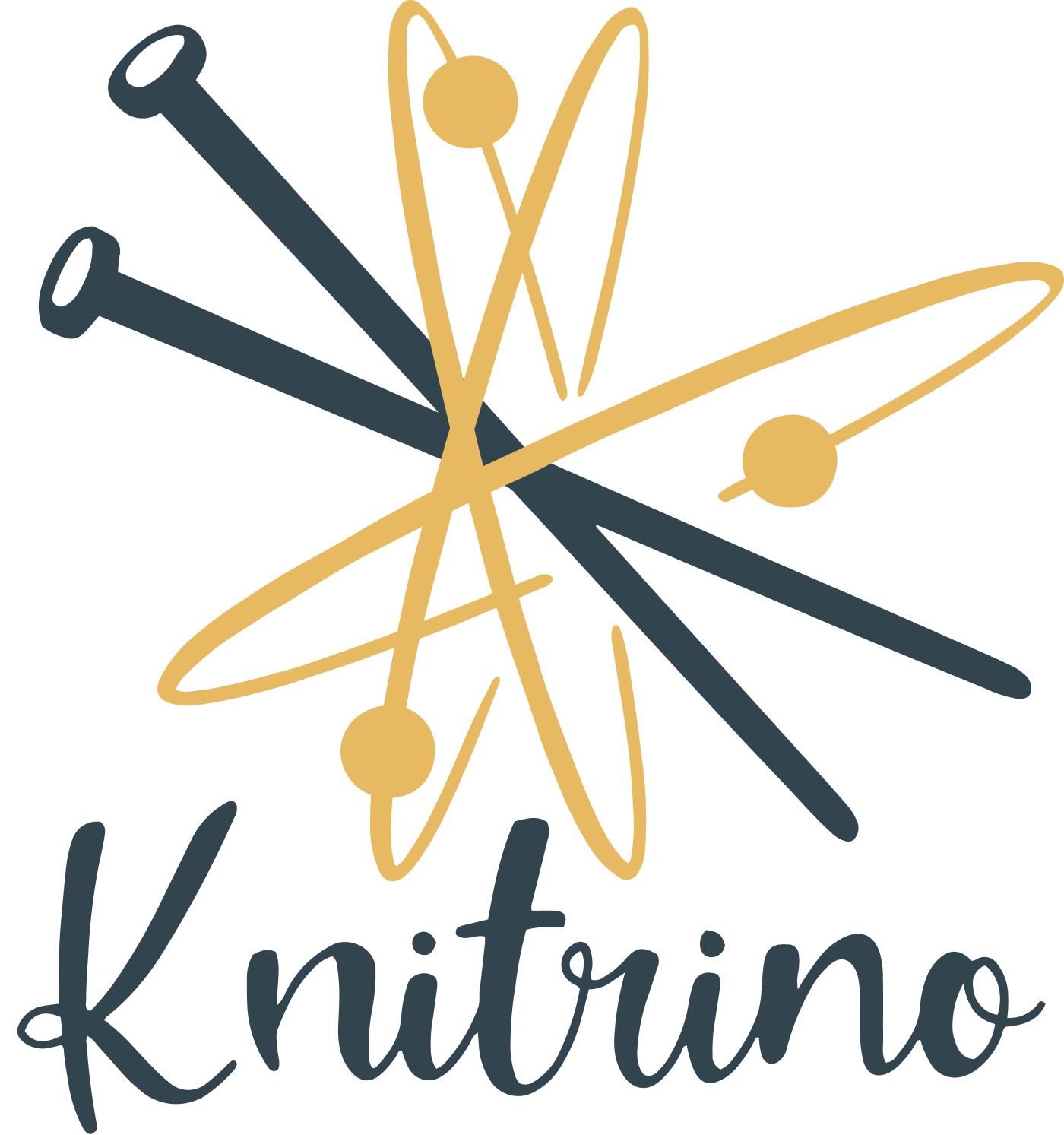Bobbin Cowl
Overview
The Bobbin Cowl is a masterpiece in 3 colors, all created without stranding. This slip-stitched colorwork (or Mosaic) project creates an intricate design by selectively slipping some stitches on each row while knitting others. The cowl is knit in a tube, then a twist is added (to make a möbius cowl) and then ends are grafted together. This guide contains lots of helpful information for knitting this cowl–you can click any of these links to jump to the appropriate section:
Crochet Provisional Cast On
We love this method of the crochet provisional cast on, because you cast your stitches directly onto the working needle, and don’t have to go picking them up in the crochet chain later. We find it makes for a much easier cast on, and better results when you return to the provisional cast on to unravel it. Of course, you can use any provisional cast on method you like if there’s one you prefer more. Just be sure it’s not one where the stitches are twisted (like our beloved Spare Needle Provisional Cast On), as that makes for tricky grafting at the end.
The trick to any crochet provisional cast on is making sure you’re moving the hook the correct way around the yarn and knitting needle. For many of us, it feels backwards, but doing it this way ensures your crochet chain unravels when you want it to! Also, be sure to use a superwash or nylon blend yarn for your waste yarn, as natural yarns tend to felt.
How to Join New Yarn
We recommend carrying your yarn up inside the cowl rather than cutting when frequent color changes occur. However, you will occasionally need to join a new working yarn. this video shows 5 ways to do so.
How to Carry the Yarn up Inside the Work Without Holes
The trick to carrying the yarn inside the work is making sure you secure the old yarn by bringing the new yarn up over the old yarn, trapping it like you would when locking floats. Also, always check that your carried yarn isn’t pulled tight when carried!
Blocking Your Work
We recommend weaving in any loose ends and blocking your work before grafting. If you weave in the ends as you go (shown in the joining video above), you won’t need to do any additional weaving, just snug things up and let the tail float around inside the work.
Because the number of slipped stitches changes throughout the work, you may find that some areas are tighter than others. You can use T-pins to block your work to an even width.
Finishing & Grafting with the Kitchener Stitch
To finish your cowl, you’ll:
Transfer the cast on stitches to another circular needle (can be smaller than the working needle) & remove the crochet chain
Turn the cast on edge 180 degrees.
Fold the ending edge up to meet the cast on edge and graft!
We find Kitchener Stitch to be really meditative. There’s a quick setup to get started: first draw your tapestry needle through the first stitch on the front needle purlwise, then draw your needle through the first stitch on the back needle knitwise. Then find your rhythm and repeat these 2 steps to the end:
Step 1: On the front needle, slip 1 knitwise, draw through 1 purlwise
Step 2: On the back needle, slip 1 purlwise, draw through one knitwise.
Not sure what we’re talking about? It’s Bobbin Cowl by Nett Hulse, available exclusively in Knitrino. To get the pattern, open Knitrino or click the image below from your phone. 📱Knitrino works on iOS and Android devices only - there’s no PDF associated with this pattern.


